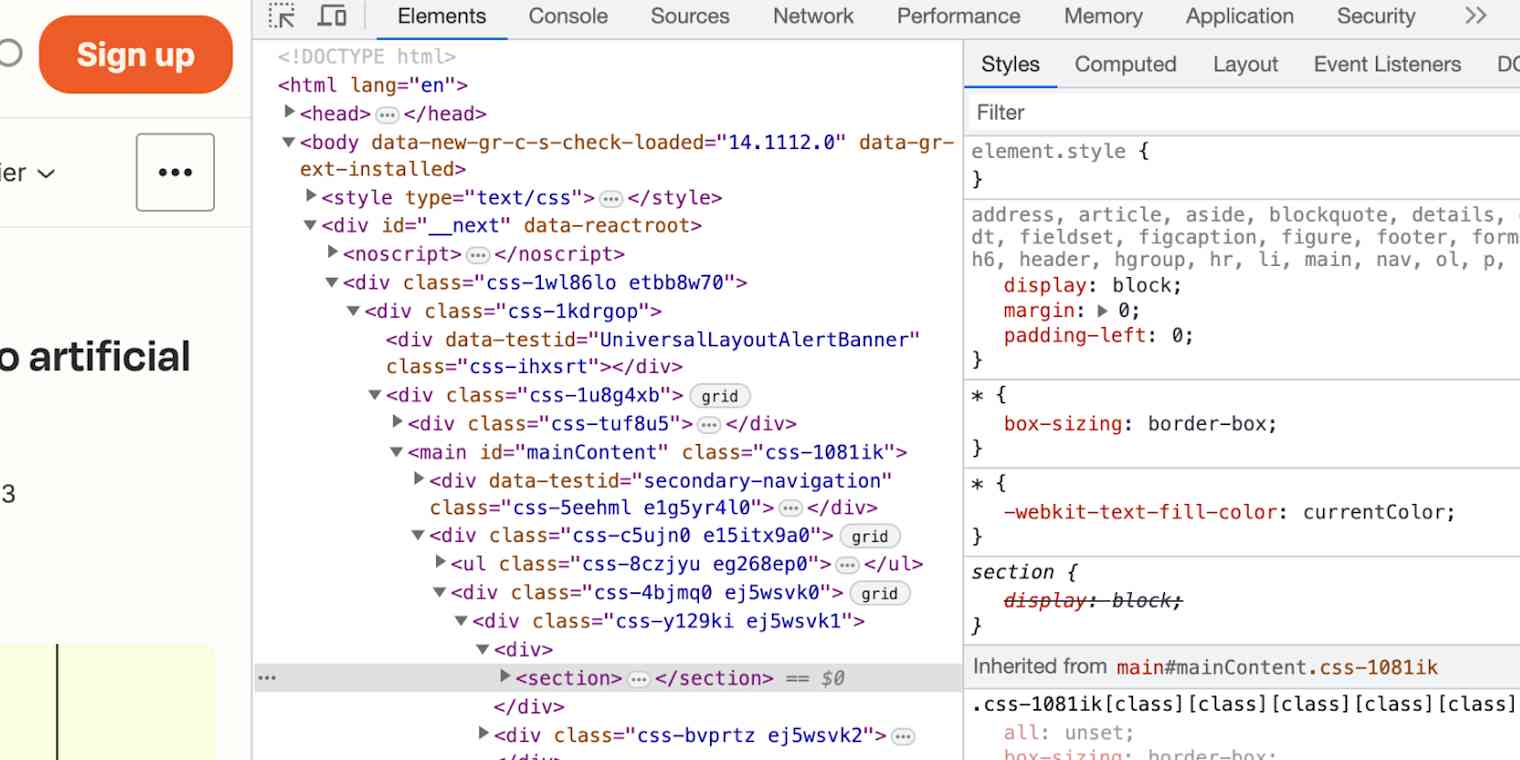Organizing your JavaScript code effectively is crucial for maintainability and scalability, especially when working with Custom Elements. One of the best practices is to encapsulate your custom element logic into separate files for easier import and reuse across your projects. This blog post will guide you through the process of efficiently managing your custom elements, improving your code’s structure and reducing redundancy. Let’s dive in!
Modularizing Custom Elements for Improved Code Organization
Moving your custom element definitions into separate files is a fundamental step towards building a well-structured and maintainable codebase. This modular approach offers several key benefits: improved readability, easier debugging, simplified testing, and enhanced code reusability across multiple projects. By isolating each custom element, you avoid potential naming conflicts and create a more organized project structure. This promotes cleaner, more understandable code, making collaboration easier and reducing the risk of errors during development. This method significantly enhances your overall development workflow.
Creating a Separate File for Each Custom Element
The simplest and most recommended approach is to create a separate JavaScript file for each custom element you define. This approach promotes a clear one-to-one mapping between files and components, simplifying navigation and maintenance. For instance, if you have a custom element named <my-element></my-element>, you should ideally create a file named my-element.js to contain its definition. This convention promotes consistency and eases the identification of individual components within your project’s structure.
Importing and Reusing Your Custom Elements
Once you’ve organized your custom elements into separate files, the next step is to learn how to easily import and reuse them across different parts of your application. This involves leveraging modern JavaScript module systems, like ES modules or CommonJS, to import the necessary elements and utilize them effectively. Understanding these mechanisms is critical for effective web component development and code reuse. By implementing this, you effectively create a library of reusable components for use in future projects.
Using ES Modules for Importing Custom Elements
ES modules provide a clean and efficient way to import and export JavaScript modules. To import a custom element, you simply use the import statement. For example, to import the my-element component from my-element.js, you would use the following code:
import MyElement from './my-element.js';
Remember that the file name should match the default export in your my-element.js file. This simple yet powerful technique allows for seamless integration of your custom elements into any JavaScript project that supports ES modules. Utilizing a consistent structure simplifies debugging and maintenance of your custom element library.
Best Practices and Considerations
While separating custom elements into individual files is highly beneficial, there are some best practices and considerations to keep in mind for optimal performance and maintainability. These practices include consistent naming conventions, using a module bundler for larger projects, and leveraging version control to maintain a clean and organised history of your codebase. Following these practices will make your custom elements more robust and easier to maintain over time.
Using a Module Bundler (e.g., Webpack, Parcel)
For larger projects with numerous custom elements, a module bundler like Webpack or Parcel becomes incredibly valuable. These tools help manage dependencies, optimize code for production, and simplify the import process. They handle the complexities of managing multiple modules and optimize the output code for faster loading times in the browser, leading to an improved user experience. Learn more about using Webpack or Parcel to streamline your workflow.
| Method | Advantages | Disadvantages |
|---|---|---|
| Individual Files | Simple, clear organization, easy debugging | Can become unwieldy for very large projects |
| Module Bundler | Handles complex dependencies, optimization for production | Adds complexity to the setup process |
Remember to always use version control (like Git) to manage your code. This allows for easy collaboration and rollback capabilities should any issues arise. Proper version control is an essential part of effective software development.
Conclusion
By diligently following the steps outlined above, you can effectively move all your custom element-related code into separate files, making your project more organized, maintainable, and reusable. This modular approach is a cornerstone of well-structured JavaScript development. Start organizing your custom elements today to reap the benefits of improved code clarity, scalability, and easier collaboration. Learn more about best practices for web components to further enhance your development skills.
Ready to enhance your web development workflow? Try implementing these techniques in your next project!
#1 How To Separate Page From The PDF Document | Split PDF Pages Into

#2 HTML: Custom Tag (Custom Element)

#3 Understanding React hooks | Walkingtree Technologies | PPT

#4 How to Split Large Word Documents into Separate Files | Split Pages in

#5 Java DOCX |

#6 Introducing the custom element | Webflow Features

#7 Splitting PDF Pages into Separate File - Windows 10 - YouTube

#8 Chrome Inspect: B mt tr thnh cao th pht trin web
